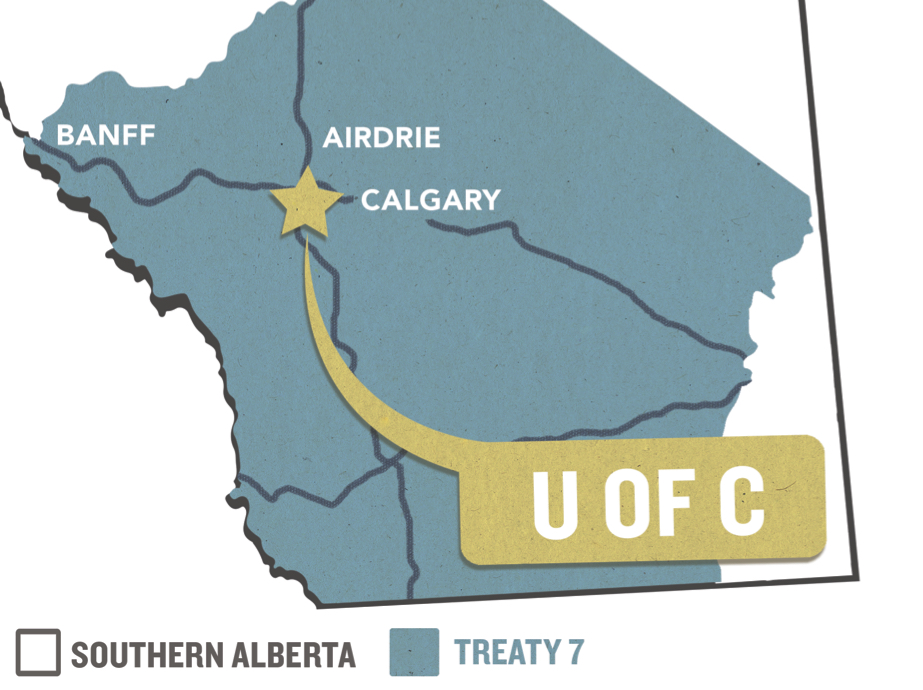
Symbolic gestures still matter
The University of Calgary Students’ Union recently voted to begin their weekly council meetings with a short statement recognizing that the meetings take place on Treaty 7 territory. This proposal was partially developed as a response to the Truth and Reconciliation Commission report, which gave recommendations to Canada’s institutions on how to reconcile with and aid aboriginal communities.
While critics of this measure are right to point out that it’s a largely symbolic gesture, it is still an important one. Movements for marginalized groups often gain traction when the struggles of these people are visible. We’re more likely to make headway on issues facing indigenous people in Canada if they are a vibrant, acknowledged part of our communities.
Right now, we mostly hear about treaty rights when the city is planning construction projects. The vast majority of news stories on aboriginal communities are about missing and murdered indigenous women. And while both of those topics are important, they are not the only problems facing aboriginal communities in Canada.
Indigenous people in Canada are at a high-risk for many chronic and infectious diseases because of inadequate housing and low income. More aboriginal children are currently in foster care than those who went through the residential school system. Aboriginal people have higher rates of unemployment, and when they are employed they earn less than non-aboriginal Canadians. Despite being 2.7 per cent of the adult Canadian population, 18.5 per cent of offenders serving federal sentences are indigenous. Suicide rates are around six times higher in aboriginal youth than in non-aboriginal youth, and suicide is the leading cause of death for indigenous people until the age of 44.
Recognizing that we live on Treaty 7 territory isn’t going to help any of those problems. It doesn’t turn back the clock on the countless historic wrongs that led to this situation, and it doesn’t help us to face these struggles going forward.
But it’s still the right thing to do.
We have symbolic gestures for a reason. Not because they take the place of government policy or public opinion, but because they help to influence those things. The more we acknowledge the presence of indigenous people in our communities, the more likely we are to acknowledge the systematic injustice and abuse that aboriginal people face.
This is Treaty 7 territory. Before colonization, it was home to the Tsuu T’ina, Siksika, Piikani, Bearspaw, Kainai, Wesley and Chiniki tribes. In 1877, these tribes signed an agreement with Queen Victoria, ceding their rights to their traditional territory in exchange for reserves, promised annual payments and hunting rights on surrendered tracts of land. These are indisputable facts about the place we live.
Whether these treaties were just or not is an entirely different debate. But it is one we cannot begin to have until we acknowledge the full scope of our history.
Kate Jacobson, Gauntlet Editorial Board
